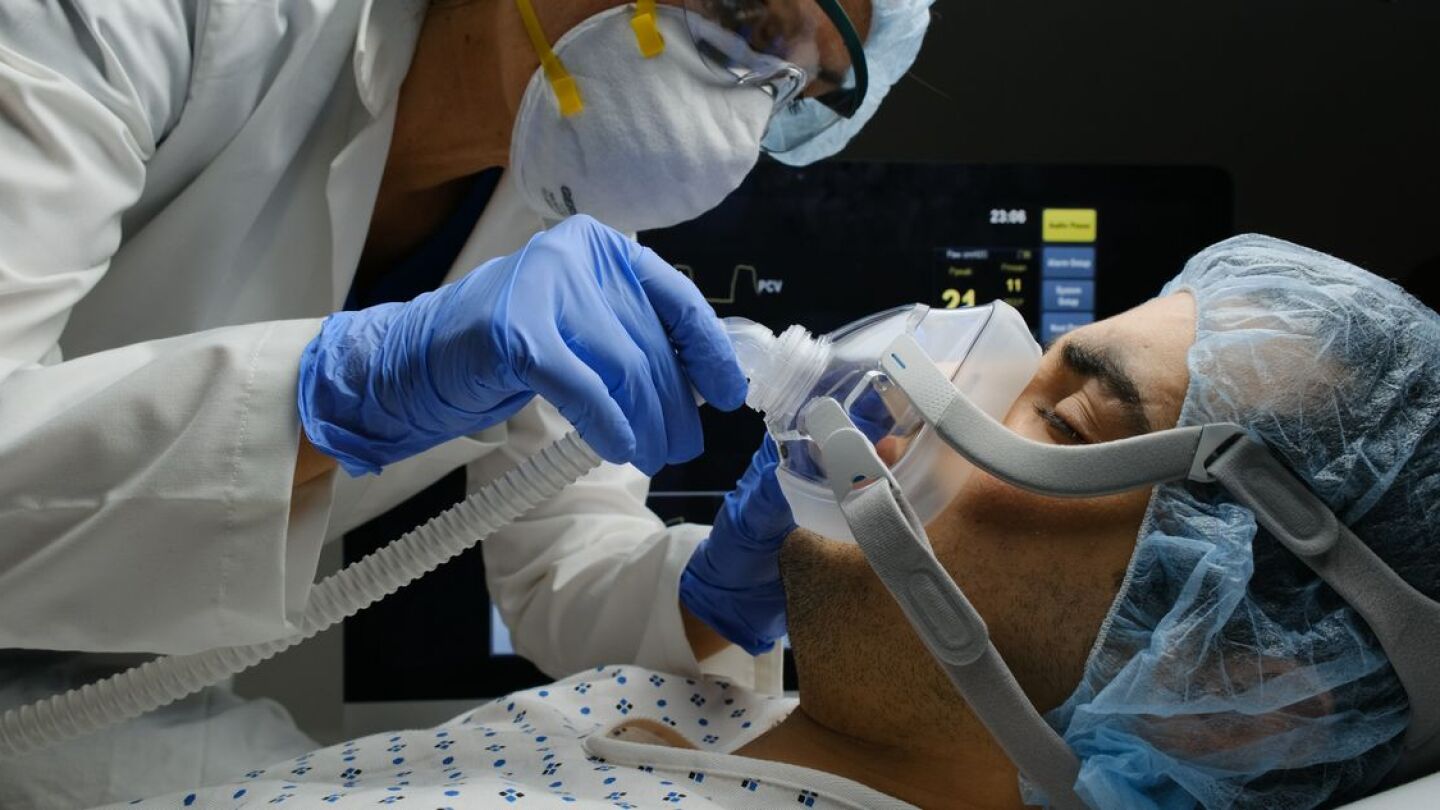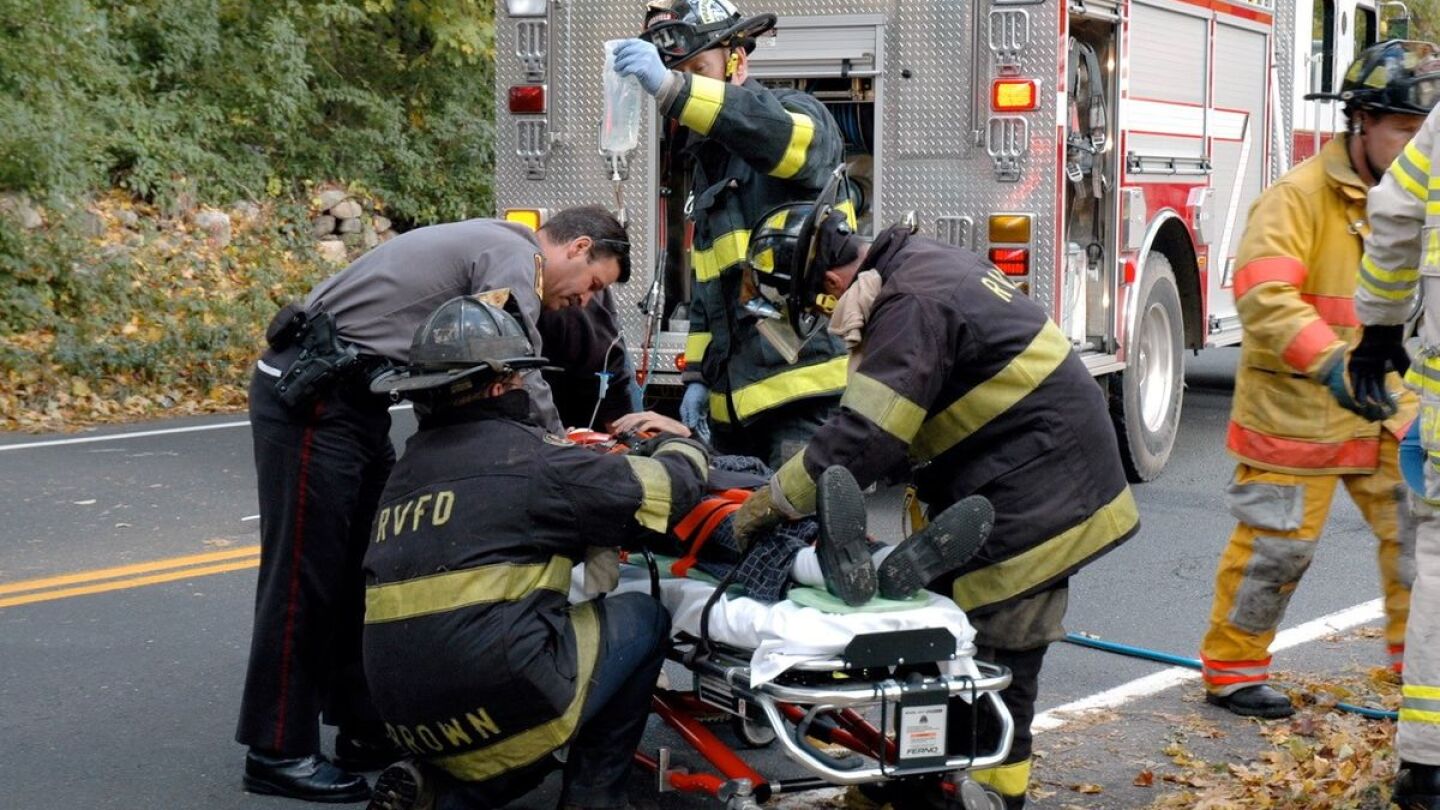Airway management
This directory provides essential articles on Airway Management, a critical skill for EMS professionals. Topics include techniques for securing airways, the use of advanced airway devices, and strategies for managing difficult airways in emergencies. Mastery of Airway Management is vital for ensuring patient survival during respiratory emergencies. For related information, explore our resources on Advanced Life Support (ALS), which often involves advanced airway procedures. Use this directory to deepen your understanding and improve your airway management skills in the field.
Steve Whitehead shares CPAP contraindications
Take your time to get that tube smoothly, non-traumatically into trachea on 1st pass
Assessment and treatment pearls to simplify three common chest trauma presentations
Polk County Fire Rescue said that Driver/Engineer Dustin Bovill cleared the child’s airway and rode with the patient until EMS providers could take over
Louisville Metro EMS Major Chis Lokits joins to discuss the future of paramedic intubation, as well his agency’s part in the DoD’s prehospital airway clinical trial
“COVID was the ultimate bully. It bullied every other virus for two years,” said Dr. Mark Griffiths. As COVID-19 rates go down, “they’re coming back full force”
Our cohosts tackle a contentious topic – including waveform capnography into the EMT Scope of Practice; do you agree?
Maryland physician describes the current pediatric bed crisis as “far worse than the worst days of the adult critical care bed crunch during COVID”
EMS providers treated middle school children with difficulty breathing after eating spicy tortilla chips
The Sotair was designed to protect the airway and minimize gastric insufflation
A surge of viral infections is increasing pediatric hospitalizations and transports
A Maryland Go-Team member shares his knowledge and passion with others
Exploring the limitations of lung auscultation and pulse oximetry
Check out this incredible footage from video laryngoscopes that captured burned and swollen airways during intubation
City council members will vote on a 2-year ban on all chemical sedatives used to restrain patients as well as any new sedatives for medical purposes
Protect patients from over-ventilation and pulmonary injury with a bag-valve-mask that helps regulate rate and volume
A 91-year-old patient died and a 36-year-old paramedic was severely injured when flames engulfed the back of the ambulance in a hospital parking lot
Fire experts said an electrical problem may have caused a spark
The Bicycle Emergency Response Team is engaging the community, while providing quick response to difficult-to-access venues
Safety records have improved, and crews have more capabilities, such as putting patients on ventilators and performing blood transfusions
3,213 EMS providers speak up about job satisfaction, effective leadership, safety and innovation in the EMS Trend Survey
The disparity caused patients of color to receive less supplemental oxygen compared with white patients
Middletown Firefighter Beau Sienkiewicz performed the Heimlich maneuver and back blows before a Hartford HealthCare EMS crew arrived
The negative association between number of airway attempts and neuro-intact survival following OHCA
Preparing for the most stressful call you can receive: pediatric cardiorespiratory arrest
How to best manage our high-stress, time-compressed working conditions to control fight-or-flight response
The true value of tools like mechanical CPR devices and transport ventilators
If COVID-19 has taught us anything about EMS supply chain management, it is that more options under one vendor’s roof is better for EMS agencies
Dannielle Binns, who works for two agencies, started administering back blows as the child was turning blue
Follow these steps to define roles, identify and mitigate hazards, and work toward the best possible patient outcome
Examining the evidence for managing intubation attempts, PEA and ETCO2 for out of hospital cardiac arrest
Pediatric patients are not tiny adults; refresh your knowledge of pediatric blunt trauma and take a quiz to check your knowledge
































